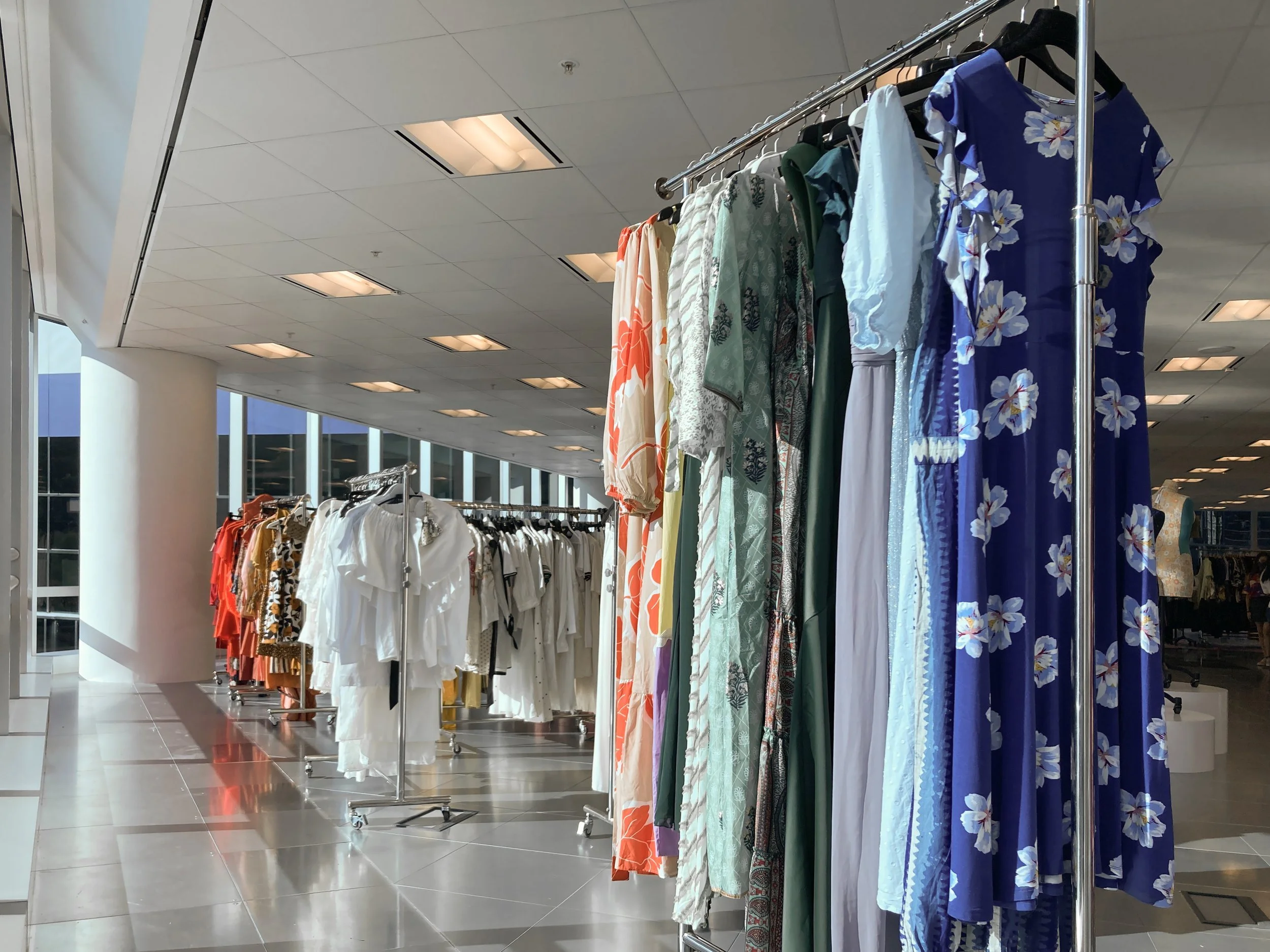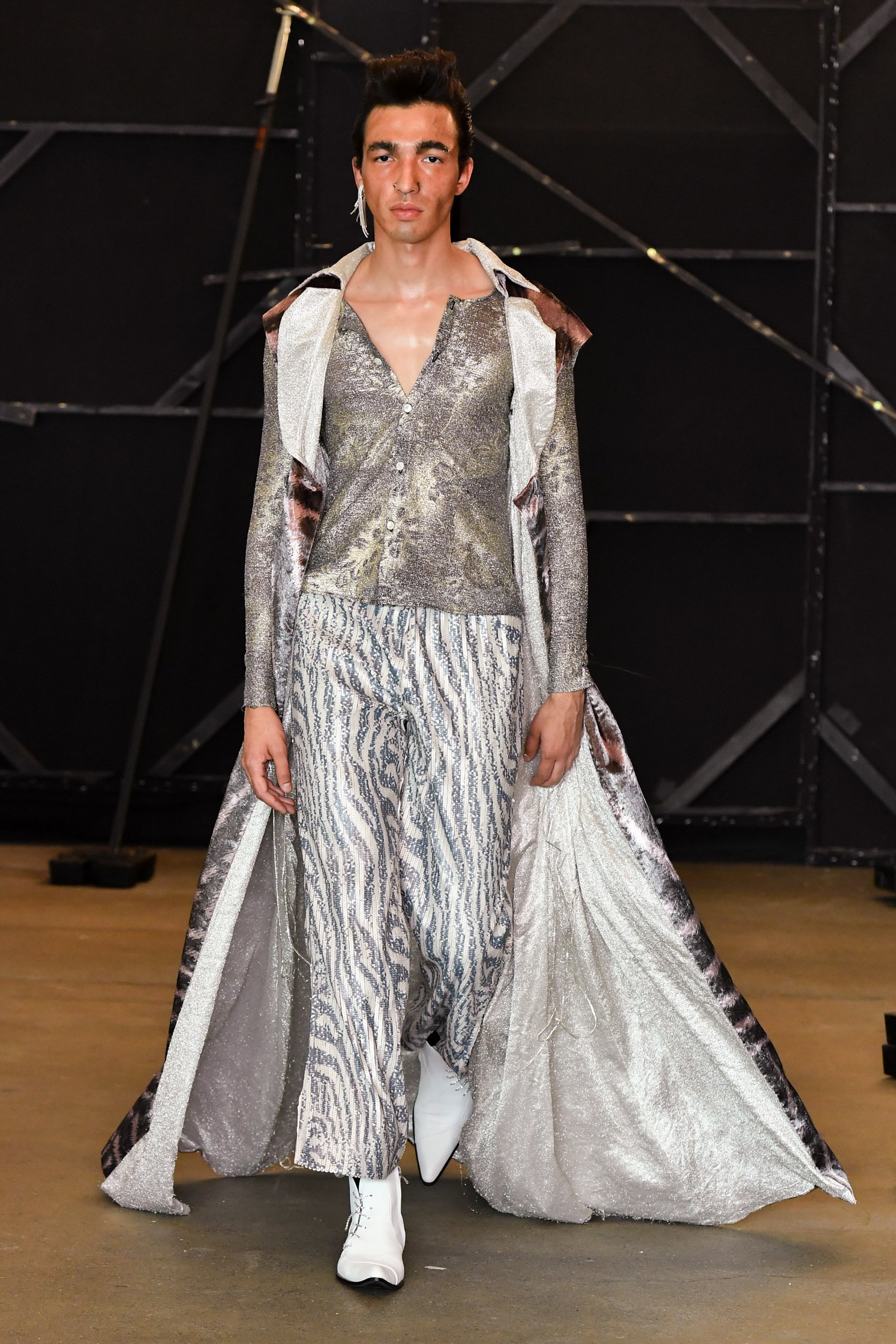A changing climate for fashion legislation
No business without sustainability, says the European Union
Since the approval of the EU Green Deal in 2019, the European Union has emerged as the world’s leading policy maker on sustainability issues. From financial sector firms all the way to heavy industry, companies that operate in Europe are getting increasingly accustomed to operating under new mandatory sustainability standards.
The world of fashion will be no exception.
Upcoming new rules
In March 2022, the EU Commission published a “Strategy for sustainable and circular textiles”, laying out its vision for the fashion industry of the future. The Strategy outlines a series of reforms aimed at making all textile products that are distributed on the EU market durable, repairable, recyclable, more recycled, free of hazardous substances and “otherwise sustainable”, by 2030.
The Strategy proposes actions covering the entire lifecycle of fashion products, from the way textiles are designed to how clothes are disposed of.
Most new rules would begin to bite as soon as 2024. They include:
New design requirements aimed at making textiles longer-lasting and easier to repair;
A partial ban on the destruction of unsold and returned items;
Minimum recycled content for clothes;
New transparency requirements concerning the ESG impacts of products and their supply chains, including a “digital product passport” meant to convey garment-specific information to consumers;
Measures to address the release of micro-plastics, targeting manufacturing processes, pre-washing and the use of innovative materials; and
So-called “extended producer responsibility”, to address the collection and treatment of waste (including a partial ban on waste exports).
Overall, the EU’s Strategy marks two significant shifts:
Industry-based, voluntary sustainability standards are a thing of the past.
The EU has gone from stating environmental sustainability as a general policy principle, to enshrining it as a binding commitment for Member States in its 2021 “EU Climate Law”. Meeting the EU’s targets will require a significant acceleration of pace.
While the fashion industry has taken some initiative of its own to gather support around more sustainable fashion — from the Sustainable Apparel Coalition (SAC) to the use of the EU’s voluntary “Ecolabel” — the EU’s Textile Strategy signals a shift towards mandatory requirements and minimum sustainability standards for fashion sector firms.
Disclosure requirements are no longer enough.
Transparency is a hallmark of sustainability regulation 1.0. Starting in 2024, all companies that generate a significant turnover in the EU (including those headquartered outside of the EU) will become subject to annual sustainability reporting requirements under the new “Corporate Sustainability Reporting Directive”. The ramping up of labelling requirements (such as through the digital passport) is overall an established trend, not just within Europe.
Mounting evidence has shown however that the effect of disclosures on consumer preferences has started to plateau. Across lower and higher price ranges, sustainability issues are no longer affecting consumers’ buying habits quite enough as to deliver change. This has turned the regulators’ attention in favour of placing harder requirements “to act” (i.e. no longer just “to disclose”), from bans to minimum sustainability requirements affecting production and distribution processes.
Market surveillance and enforcement
Beyond rule-making, European authorities have exponentially increased their attention to false and deceptive sustainability advertising in fashion in the course of the past several months.
Just before the turn of the year, the Dutch Consumer and Market Authority (ACM) started investigating six clothing companies, for making misleading claims about the sustainability of their products. Significantly, four of the companies investigated are not Dutch: the Authority expects to be able to collaborate with the relevant foreign regulators if it finds that any of such companies engaged in wrongdoing.
Last January (shortly after having launched its “Green Claims Code”), the UK Competition and Markets Authority (CMA) started a review of environmental claims specifically targeted at the UK fashion retail sector. Two months after it announced its intention to publish a list of the worst offenders, preparing to ‘name and shame’.
Between May and June, the Norwegian Consumer Authority warned a number of major global fashion brands against using the Higgs sustainability index (launched by the SAC), for lack of data and overall unsubstantiated claims. The index scores were immediately discontinued.
The EU is also looking to facilitate consumers’ and supervisors’ action against greenwashing at the regional level – such as by making environmental labels and credentials uniform and comparable across the Union, and enhancing the rights of shoppers under EU consumer law by means of an upcoming “green claims initiative”.
Litigation among competitors
One last ingredient adds itself to the pile of pressure coming at companies from the legal angle: the risk of being drawn into greenwashing accusations (and fined) at the hands of competitors.
Europe’s first greenwashing lawsuit broke out in Italy, where a Court upheld (in November) the claim of Alcantara SpA against Miko Srl, concerning Miko’s “vague, false, non-verified or non-verifiable” green product claims. Miko was ordered to remove all sustainability statements from its website, social media accounts and other promotional material. The Court also ordered Miko to post the decision on the landing page of its website, for 60 consecutive days.
Similar lawsuits are likely to break out globally: nobody is in fact likely to recognize the falseness of a green claim more easily than the claimant’s competitors. Greenwashing litigation is increasingly being seen by companies as a ‘sword and a shield’.
The spectre of similar lawsuits — and the imaginable reputational damage that they can inflict — will bring companies to steer clear of ESG claims that they cannot sufficiently support.
Impact on non-EU companies
Stricter regulation, tougher enforcement, and rising litigation on sustainability and fashion are clear parallel trends, sure to deliver change in the EU and beyond. With extra-territorial reach being a feature of all three, non-EU multinationals will be affected by this change almost as much as their EU competitors.
As regulators and competitors step up their game on ESG, companies will be driven to reframe sustainability more as a compliance and risk management issue, than a pure marketing ploy.
Clara Cibrario Assereto
Clara Cibrario Assereto was named the Italian ‘Sustainability Lawyer of the Year’ by LegalCommunity in 2022. She is a senior associate of Cleary Gottlieb Steen & Hamilton LLP, and her practice focuses on corporate and financial matters, with a specialisation on sustainability regulation. Clara has significant experience in cross-border mergers and acquisitions, corporate governance advisory, and financial regulation. She holds an LLM from Harvard Law School.

































